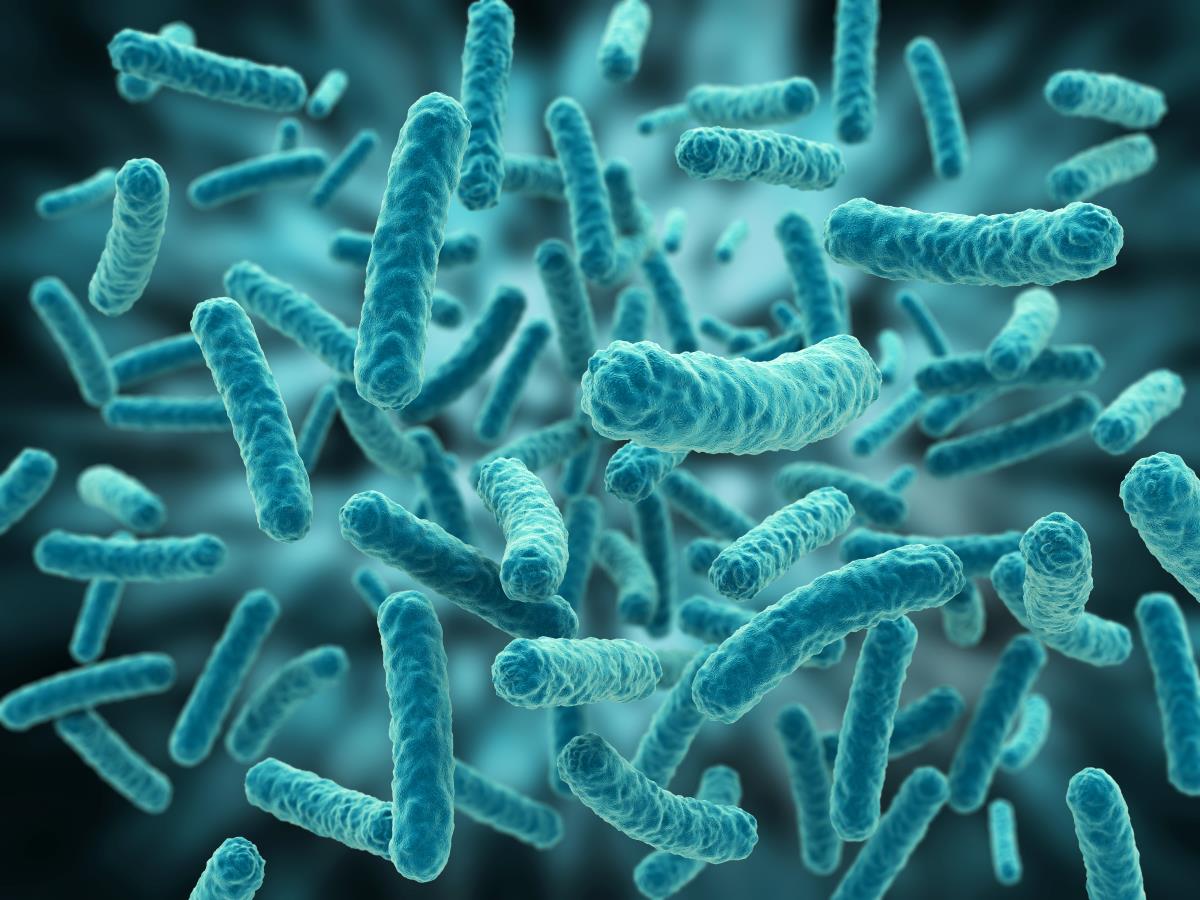LED sterilizer device can kill up to 99% of bacteria using UV light
11/08/2016 / By Randall Wilkens

Should a Kickstarter campaign come to fruition, we may see a revolution in the way in which we keep our households clean and our families safe from bacteria born infections and diseases. It’s possible that in the foreseeable future, having to repeatedly perform the same menial work to clean countertops and other bacteria-prone items will be no more, while the tasks associated with it will take a fraction of the time.
Cleanty is a small, portable LED device whose developers are looking to the internet to gather funding for its eventual mass production. Roughly the size of a tube of lipstick, the Cleanty works by shining a small UVC LED light on surfaces and objects prone to be common bacteria carriers. Its creators state that this will instantly kill and sterilize any object, which in turn will drastically reduce the chances for infection or disease. The science behind this feat is known as Ultraviolet Germicidal Irradiation.
To understand Ultraviolet Germicidal Irradiation, it’s important to first understand what ultraviolet light is. Ultraviolet light sits between X-Rays and Visible Infrared on the light spectrum, with wavelengths between 100 nanometers and 400 nanometers. Ultraviolet is further split into three different groups: UV-C, which ranges from 100 nm to 280 nm; UV-B, ranging from 280 nm to 315 nm; and UV-A, which closes out that portion of the spectrum from 315 nm to 400 nm.
The UV-C wavelength range is the germicidal portion of the ultraviolet light section of the light spectrum which will deactivate the DNA in viruses and bacteria, effectively eliminating the chances of reproduction and thus disease. More granularly, the nucleic acid in the cells of a virus becomes damaged by the ultraviolet light due to the formation of covalent bonds. Once this occurs, the bacteria’s DNA is unable to duplicate itself, thus it is unable to reproduce and therefore dies.
While the applications of this type of product have for the most part been limited to larger-scale projects such as: water purification (wells/cisterns, schools, hotels, aquariums), food processing (breweries, bottling facilities, dairy), medical (pharmaceuticals, labs, maternity), etc., the Cleanty brings this revolutionary science to the home. From cell phones to baby toys, and tooth brushes to a favorite old pair of running shoes, toxic chemicals can be avoided in lieu of non-invasive ultraviolet light.
A single Cleanty unit will cost around $60 dollars and will be available for shipping in February of 2017.
Sources:
Tagged Under: bacteria, Cleanty, health, Ultraviolet, Viruses


















